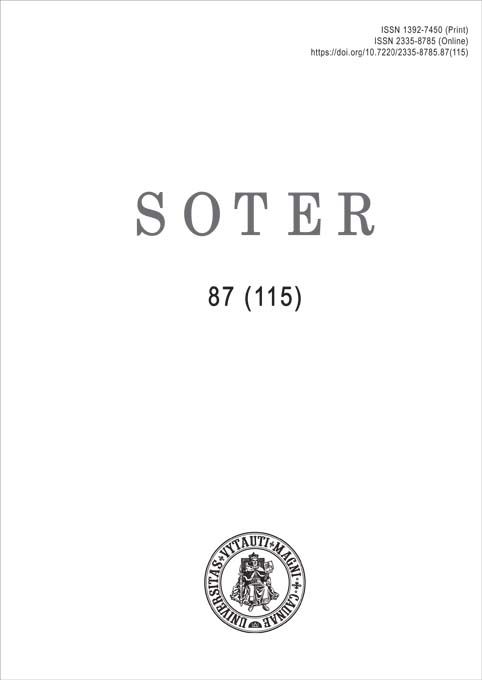The Law of Patronage in Czech Dioceses in the High and Late Middle Ages
The Law of Patronage in Czech Dioceses in the High and Late Middle Ages
Author(s): Pavel KraflSubject(s): Christian Theology and Religion, Middle Ages, Theology and Religion, Canon Law / Church Law
Published by: Vytauto Didžiojo Universitetas
Keywords: Law of patronage; Canon Law; Kingdom of Bohemia; Middle Ages;
Summary/Abstract: The main founder of churches and ecclesiastical institutions in the early Middle Ages was the duke, while from the 12th century magnates also became involved in founding these institutions. Gifts went to God and the saints. In the early period of founders, the property donated to the Church was treated in the spirit of respecting the rights of the proprietary churches. The law of patronage, which was progressively implemented during the 13th century and first half of the 14th century brought change. The most common holders of the right of patronage in the Bohemian Kingdom and the Moravian Margraviate were the king, the margrave, individual noble families, bishops, monasteries, chapters, Royal towns, and occasionally patrician families. A priest who applied for a parish benefice had to submit proof of his ordination and a presentation document from the church patron. Following confirmation from the vicar general, he received a confirmation document showing that he was the authorised holder of the particular parish benefice. Parish benefice confirmations were recorded in the confirmation books held by the vicars general.
Journal: SOTER: religijos mokslo žurnalas
- Issue Year: 115/2023
- Issue No: 87
- Page Range: 5-18
- Page Count: 14
- Language: English

